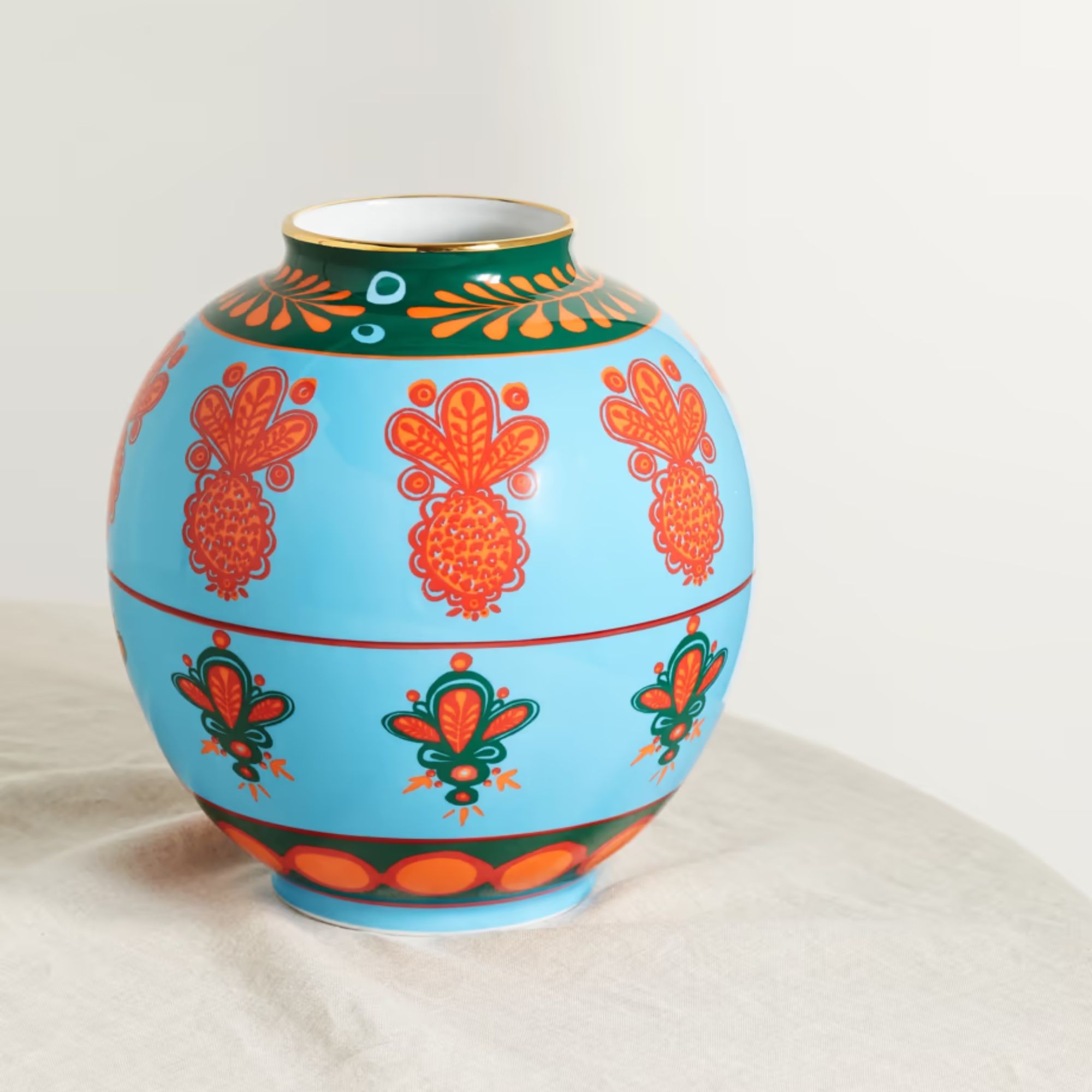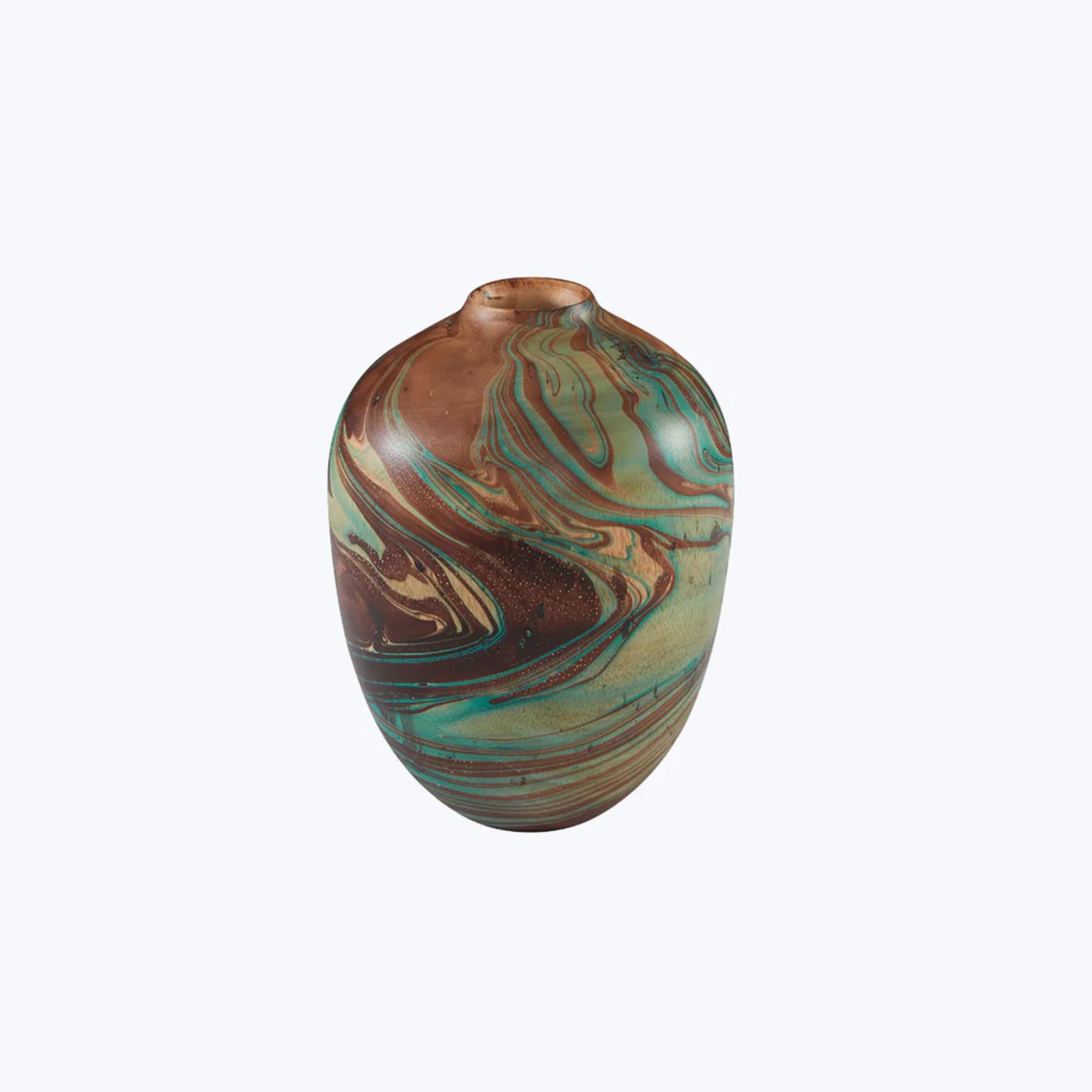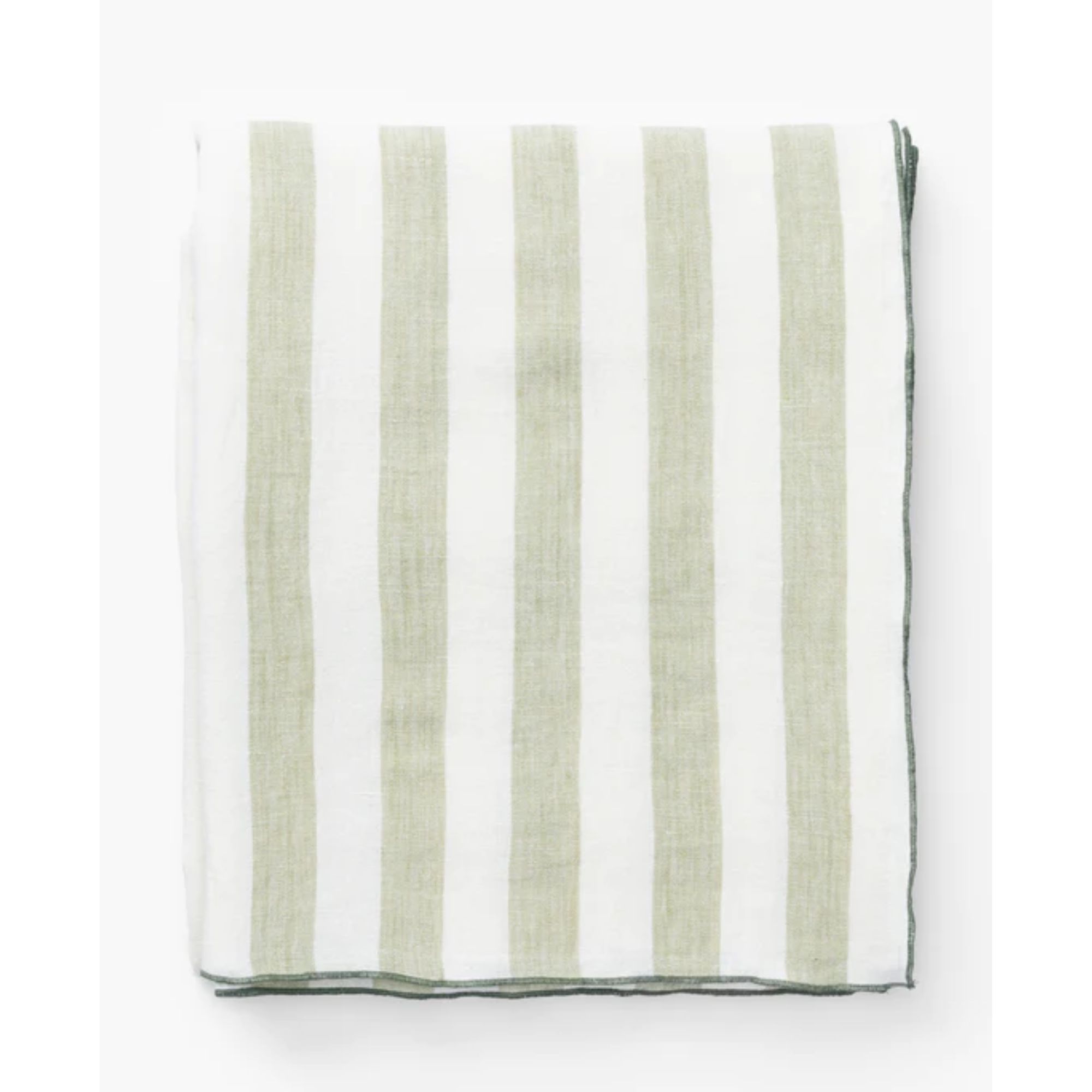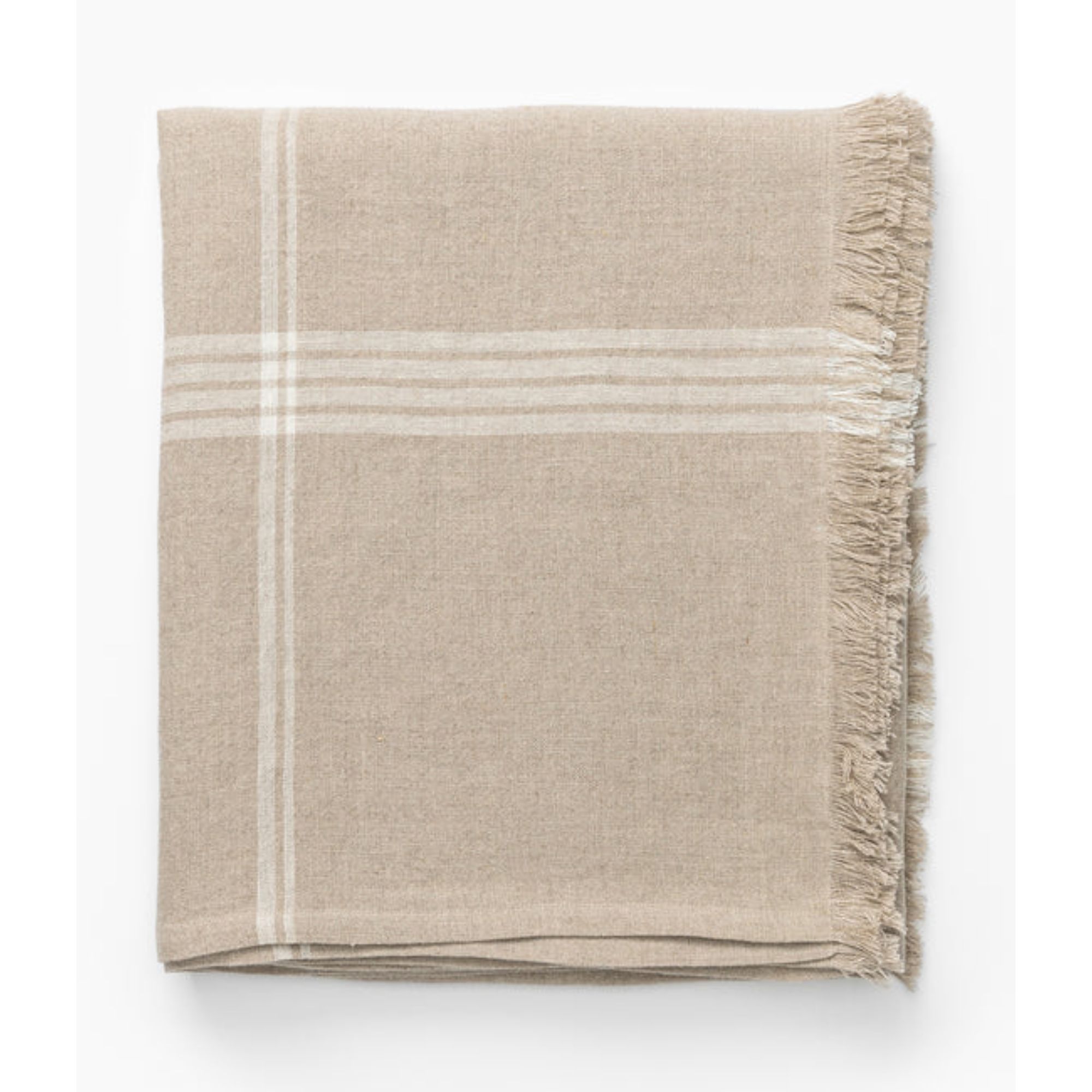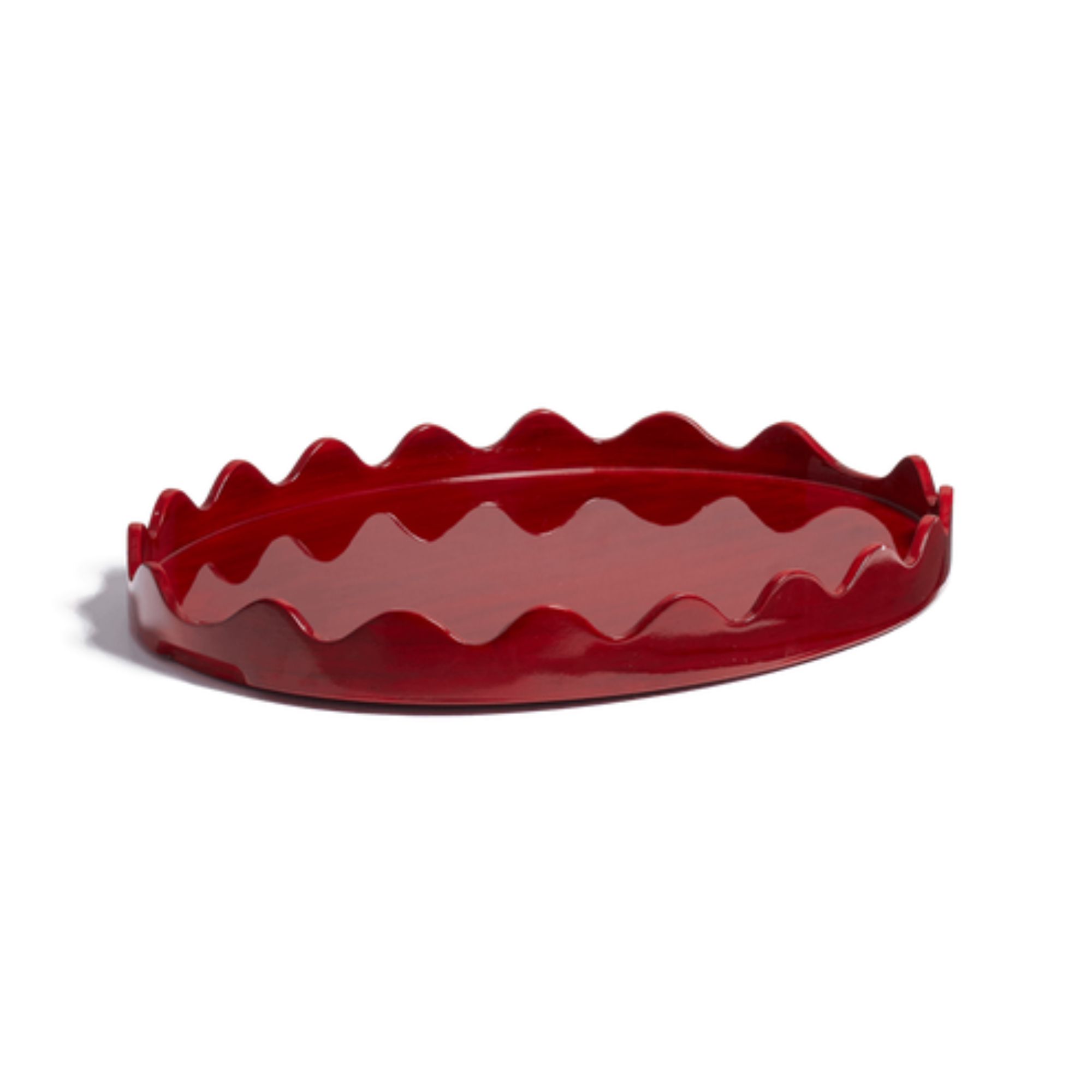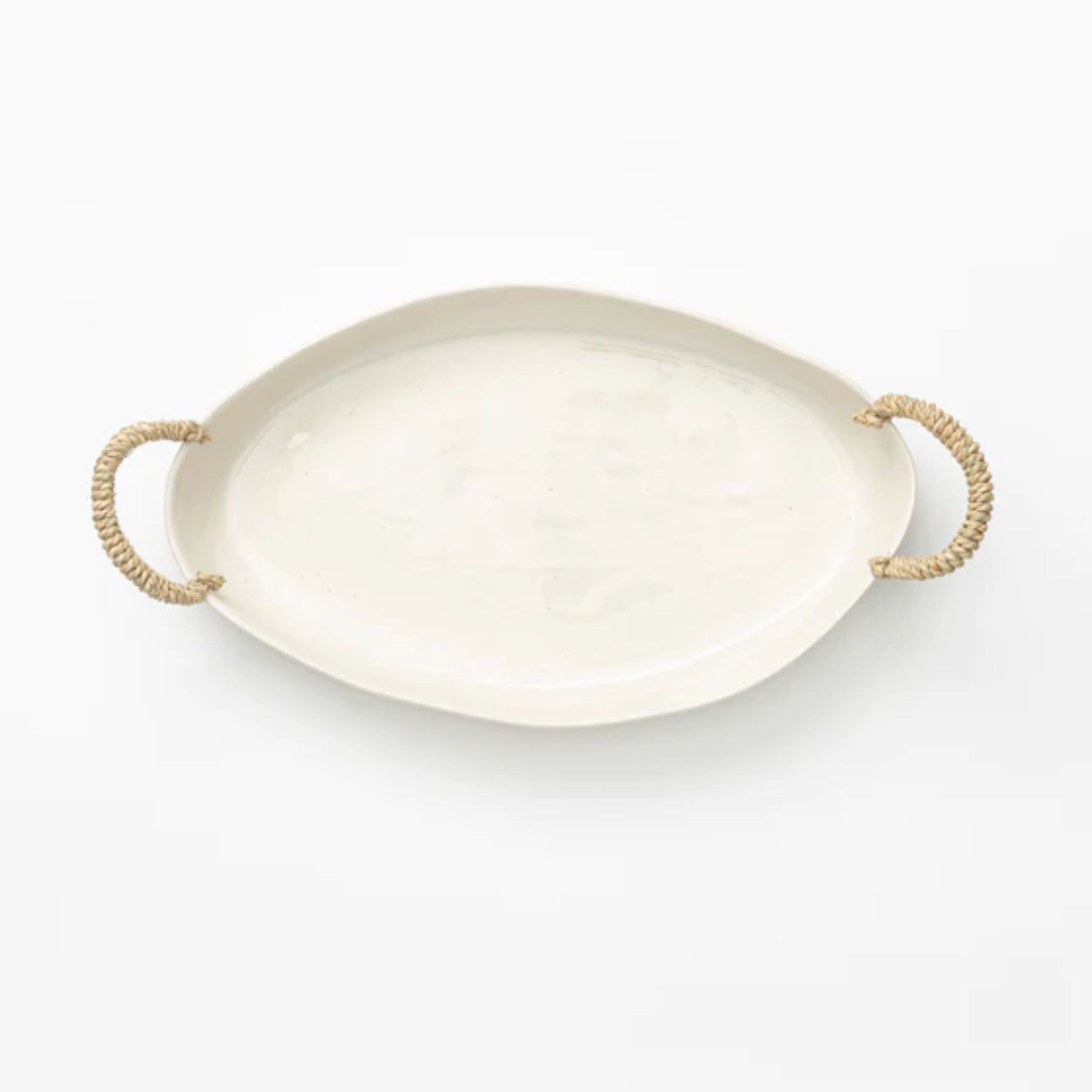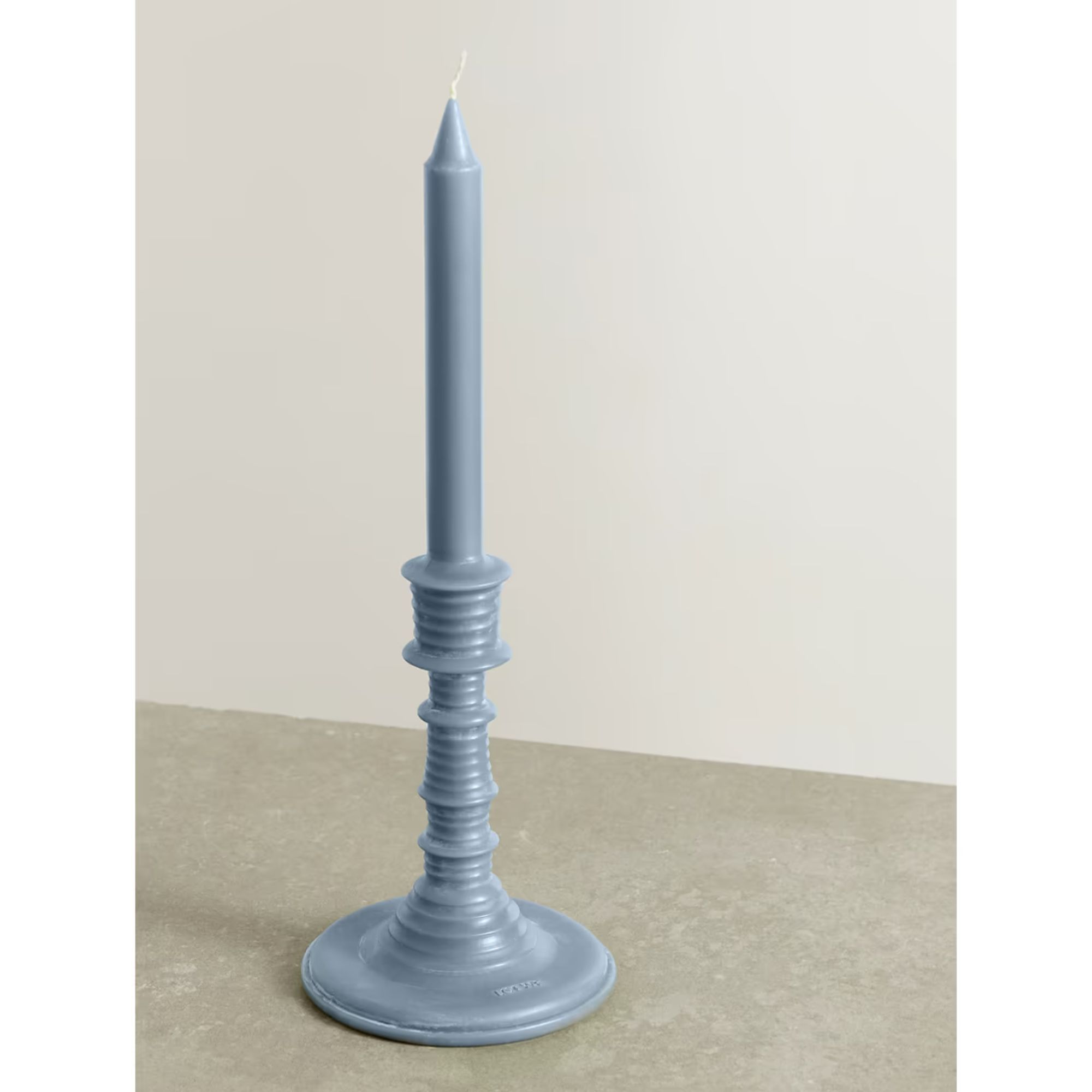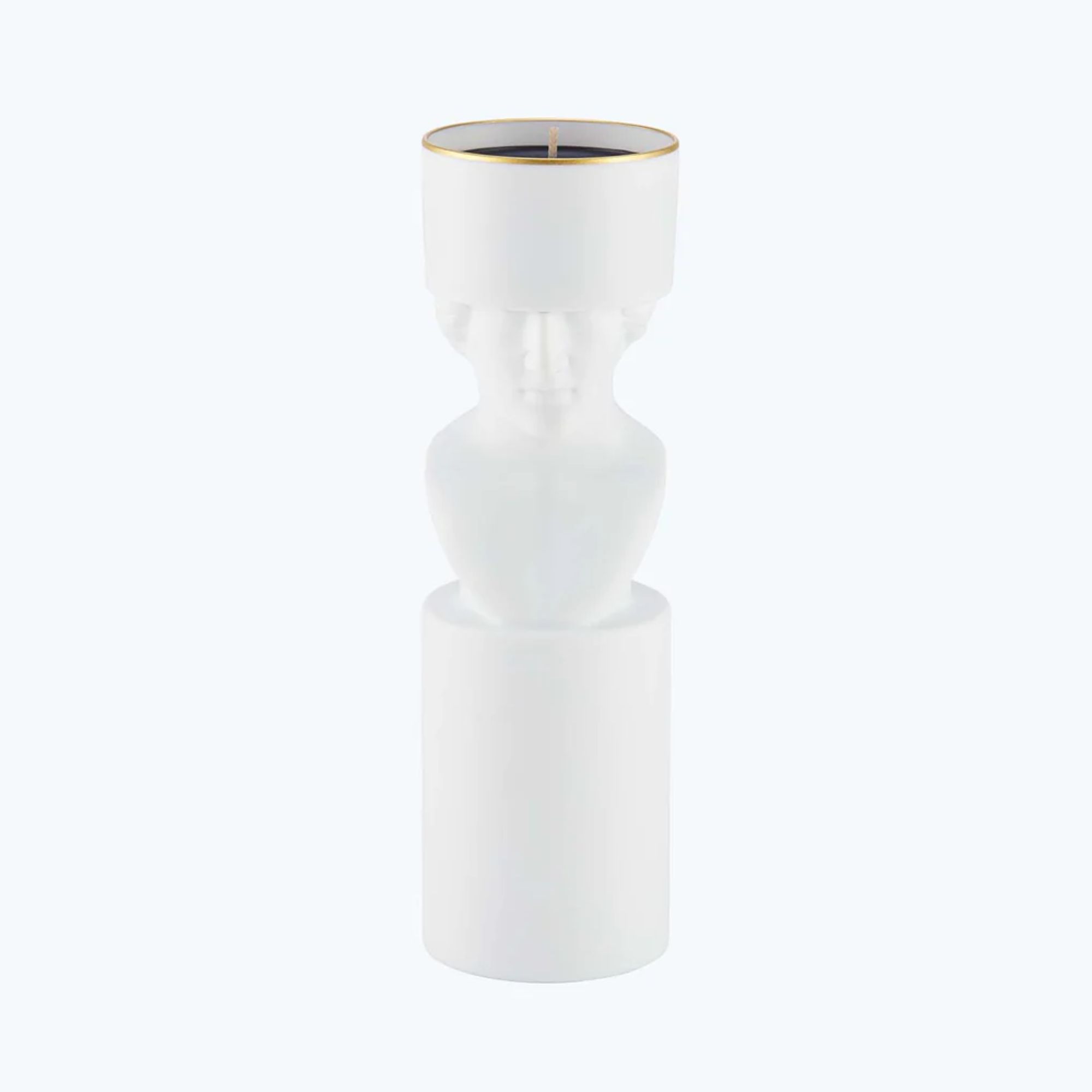How to style a kitchen table – simple tips from designers to make this practical piece a stylish focal point
Your kitchen table is a hive of activity. So we've asked the experts for their favorite ways to style a kitchen table that delivers on form and function


The kitchen table is more than a place to dine. It's where the family gathers, memories are made, and let's face it: a dropzone for life's messiest of items (mail, homework, you name it). Whether it's a cozy breakfast nook, a bistro table set for two, or a spacious dining area, the kitchen table often serves as a focal point of the room.
If you find your kitchen ideas are missing the finishing touch that some well-chosen decor and accessories can bring to the table, fear not. Learning how to style a kitchen table can take a few different paths, but we've got a few no-frill ideas to ensure your table is always dressed to impress, no matter your style.
So how do you strike that perfect balance between lovingly styled and still giving you plenty of functional space for everyday use? Here, we've spoken to interior designers and home experts to explore 5 creative ways to elevate your kitchen table, while still ensuring it remains practical.
How To Style A Kitchen Table
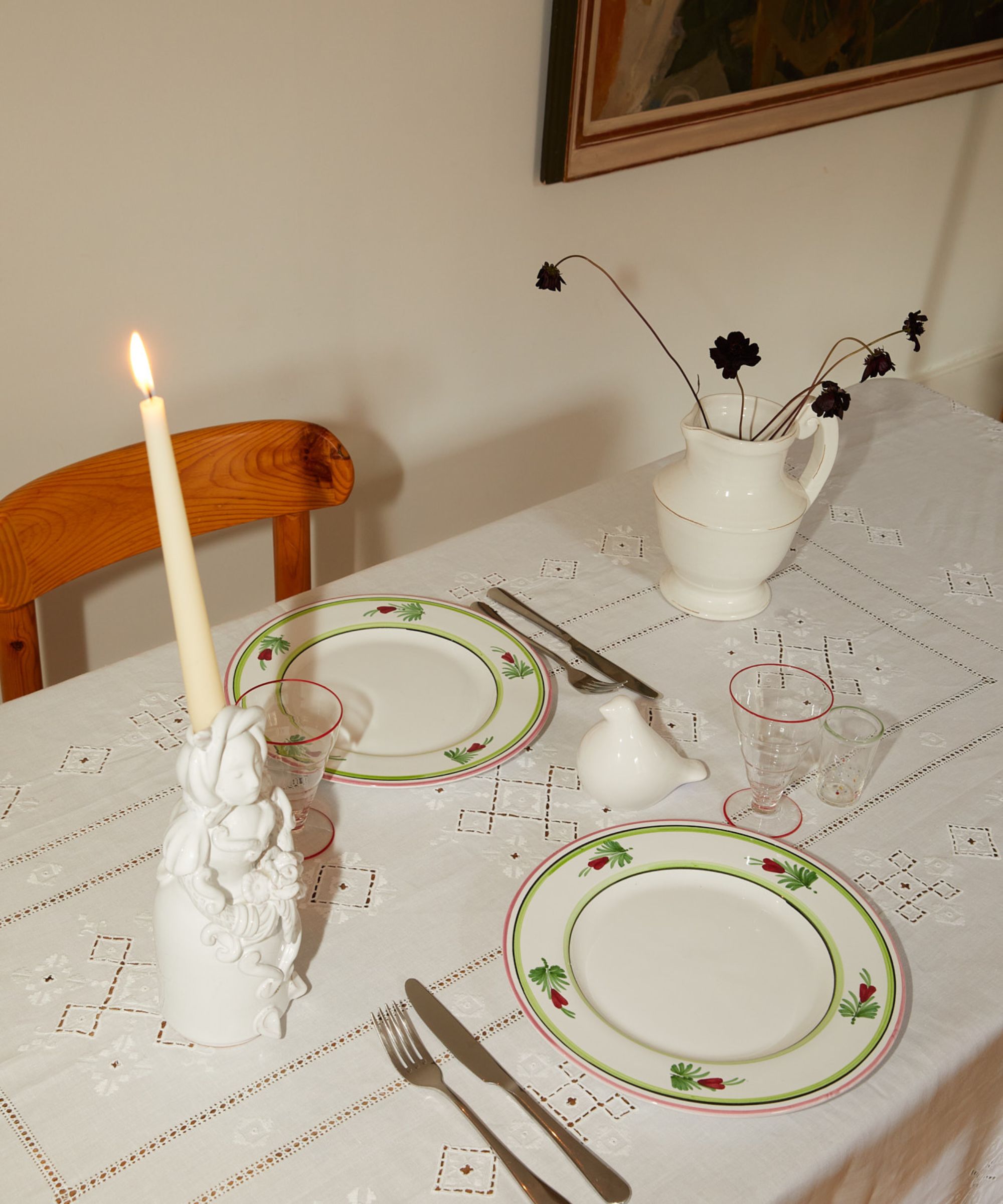
In direct contrast to your dining room, the kitchen table is a much more casual, comfortable, and versatile affair. Compared to the more formal meals held around the dining room table, your kitchen table acts similar to a kitchen island, creating a space for coffee mornings, breakfast, dinner prep, and entertaining friends. So how do you approach decorating them differently?
'When styling your kitchen table, it’s important to think about the functionality of it and its everyday use,' advises Sue Jones, co-founder and creative director at OKA. 'For example, if your table often becomes a desk during the day, it’s important to leave enough room on the table to make a comfortable workspace without too much rearrangement. A lot of people like to leave their table set, which looks lovely but isn’t the most practical. If you have a separate dining room, I’d use this as the space to show off your tablescaping skills and opt for a more pared-back style for your kitchen table,' she suggests. And this is where we come in.
To help you create a space that is both inviting and practical, here are some of our very best ideas to help you style up your kitchen table.
1. Go big with florals and foliage

Fresh flowers might seem almost too obvious as a centerpiece, but there's a reason designers choose them time and time again to decorate a table. They're an easy way to bring life and character into the kitchen, while also adding color and fragrance.
Design expertise in your inbox – from inspiring decorating ideas and beautiful celebrity homes to practical gardening advice and shopping round-ups.
Of course, the easiest and quickest way to achieve this is to head into your backyard. Taking a few flowers, sprigs, and twigs from the garden and collecting them into a vase is a free and simple way to create a subtle seasonal arrangement. Choose blooms and greenery that harmonize with the tones and textures of your kitchen, for instance, if you have a modern kitchen, opt for sleek, monochromatic vases with more minimalist floral arrangements.
'A faux wreath can work really well as a centerpiece, especially if you choose one with foliage that works all year round,' adds Sue Jones. 'This way you can swap in seasonal foliage and flower stems that keep your kitchen table looking fresh.'
Vases and vessels come in all shapes and sizes to accommodate the most simple of buds to large bouquets, so consider the size of your space first. If you're styling a table in a small kitchen, a more compact arrangement like a potted plant or low wreath might be less intrusive, whereas a larger kitchen table can handle something taller and more dramatic. Mixing different types of foliage, such as eucalyptus leaves, ferns, and succulents, can also create visual interest without being overwhelming.
2. Try a statement tablecloth or table runner

Table linens shouldn't just be kept for best. When your table isn't laid for dining, keep your tablecloth or runner in circulation to set the tone for your kitchen decor, adding color, texture, and personality to a simple table.
Whether you prefer bold patterns, subtle textures, or vibrant colors, selecting the right material can help to tie together the overall scheme of your kitchen. Choose high-quality, durable fabrics like linen or cotton for a timeless look that will not only drape beautifully but also withstand everyday wear and tear.
For rectangular and long tables, opt for a cloth that drapes elegantly over the edges, creating a polished and cohesive look. Round tables, on the other hand, will benefit from circular tablecloths that highlight their shape. Unlike a tablecloth, a table runner allows you to showcase the beauty of your table's natural finish and gives it some breathing space for activities, while still adding a layer of texture and visual interest.
Don't forget to layer on some decorative accessories like a floral arrangement, fresh fruit in a bowl, and candles for ambiance.
3. Use the 'rule of three' to group items
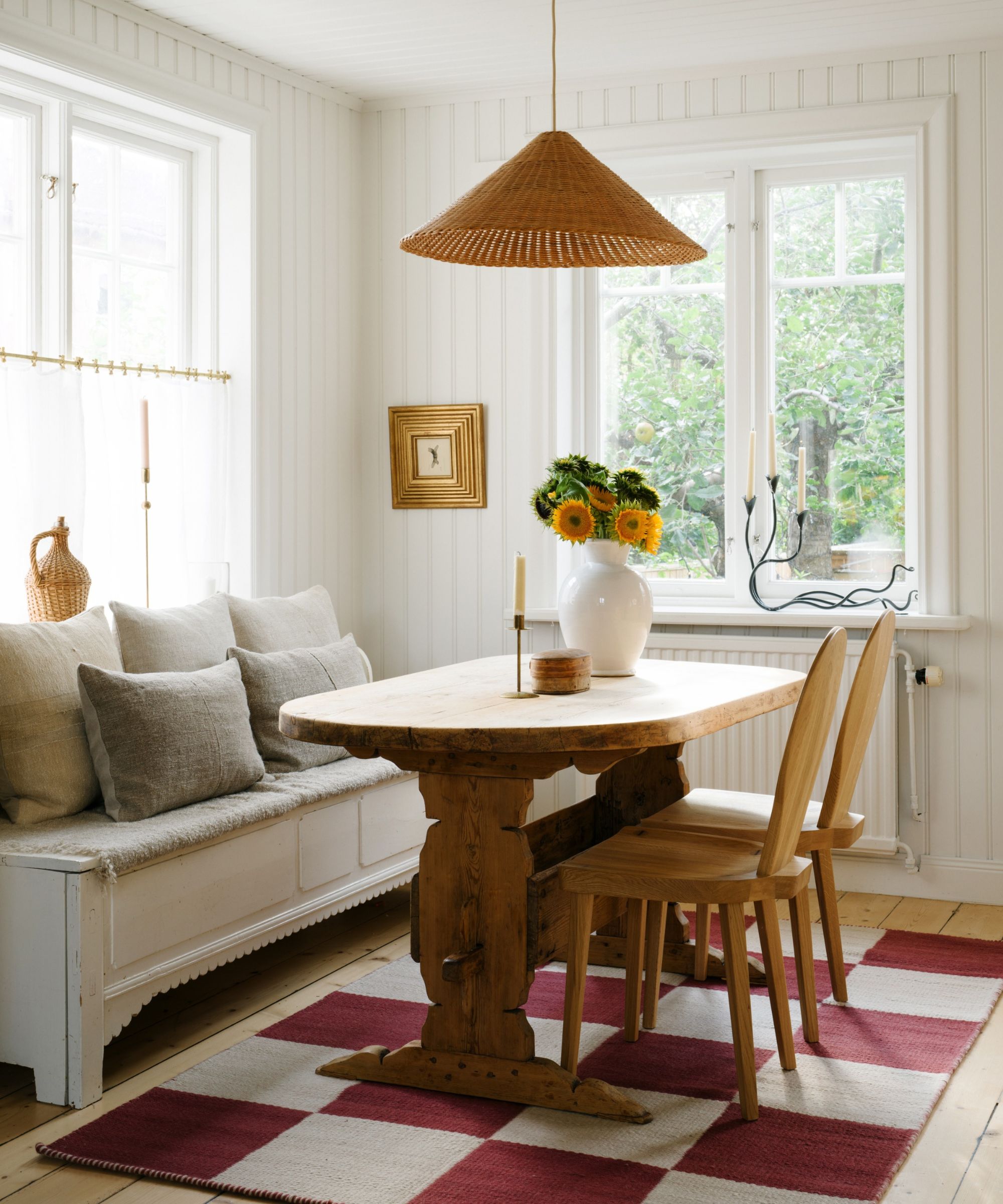
They say that good things come in threes, and this is absolutely true in interior design. By implementing the rule of three when grouping together decorative items and accessories, you're guaranteeing an expert-approved root to success.
This simple design rule is an interior designer's secret to achieving balance when curating collections of items, helping you to create a sense of rhythm and cohesion while preventing the display from appearing cluttered or chaotic.
'Something to note with the “collection” of things is how it looks from all angles,' says Emily Henderson. 'You’ll want to make sure you’re spacing things out so that whether you’re seeing it head-on or from the side, it doesn’t end up looking like the bargain table at your local thrift store,' she advises.
When styling a centerpiece or vignette, aim to include three distinct pieces that complement each other. Choose a trio of items in varying heights, shapes, and textures to create depth and dimension. For example, you could choose a vase of flowers, a candlestick, and a small decorative figurine or stack of coasters, as seen above.
4. Place a decorative tray at the center

Let's face it, the kitchen table can often become a dumping ground so look to ground your items with a decorative tray. Particularly great if your groups of accessories feel a little lost or like they're floating in the middle of the table, a tray will anchor everything and make it feel more intentional.
'I would advise having fun when styling a kitchen table because generally, your kitchen table is going to be less formal than your dining room one,' says interior designer Kathy Kuo. 'Try a decorative tray in the center of the table, it'll look great, and be easy to move if you need the surface clear. Fill it with a mix of practical and aesthetic items like bud vases, salt and pepper shakers, candle holders, and fun decorative objects,' she suggests.
Whether you opt for a sleek metallic tray or something more rustic like wood or rattan to lend warmth and texture, selecting the right tray is key to maintaining a cohesive design look in your kitchen. The tray should also complement the proportions of your table; for larger tables, opt for a generously sized tray that can accommodate a variety of decorative elements but for smaller tables, a more compact tray will suffice.
5. Create ambiance with taper candles
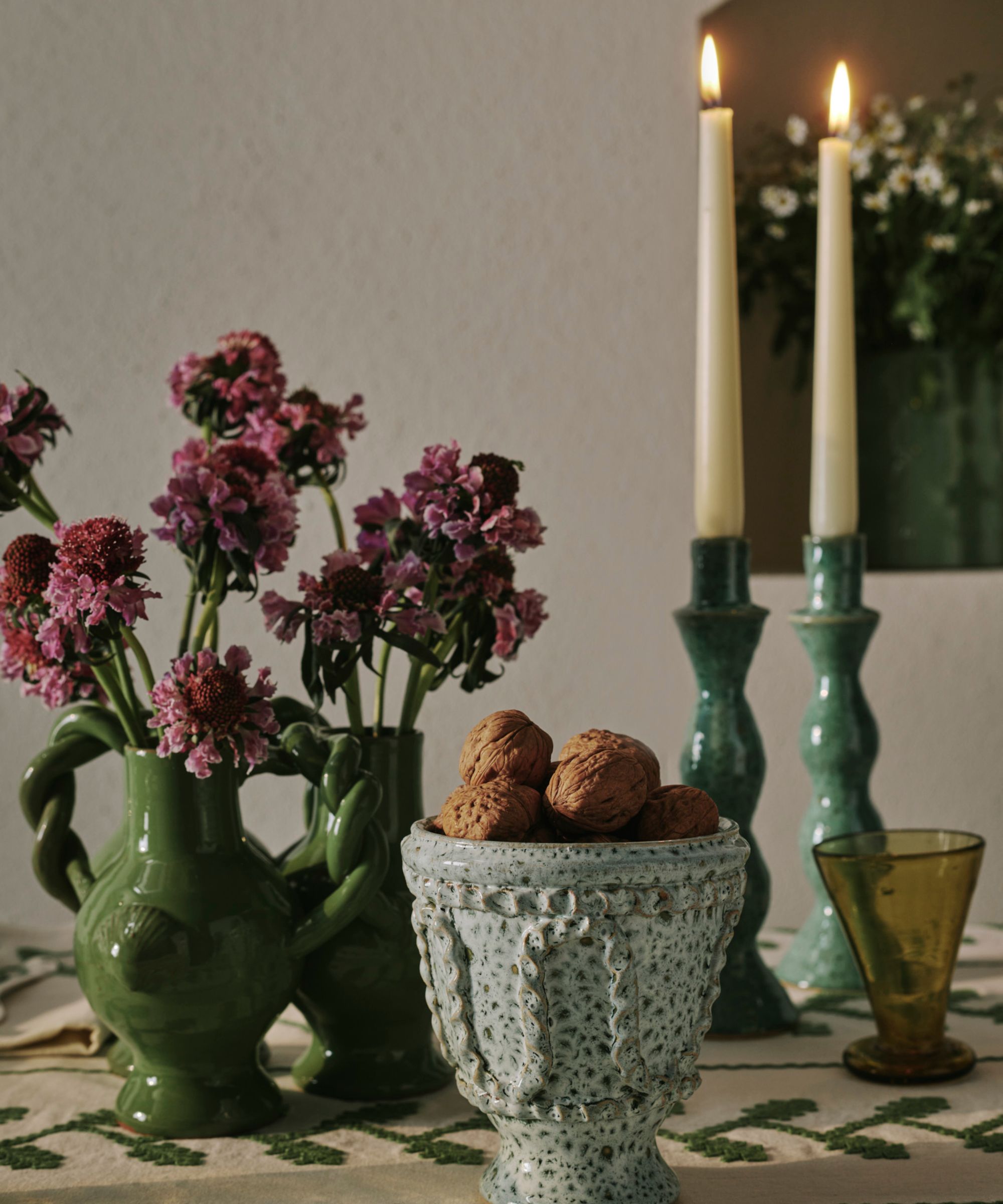
To ensure your kitchen table remains both functional and visually appealing, consider the placement of decorative elements to ensure a balance between style and practicality. One great way to improve the ambiance in the kitchen is with a lineup of candles that you can mix and match with small vases and pots when the table is less busy.
'Styling a kitchen table while not in use comes down to accessibility,' says Linda Hayslett of LH.Designs. 'Meaning, the table is a place where it's changing all the time. You need to quickly get to it at times, put down place settings, and plate food on it. So, having something like a plant or tapered candles can really help when you need to rearrange the area fast, but have a moment when things are still,' she advises.
More often than not, your kitchen table is going to have a much smaller footprint than that of your dining table. So you want to ensure that decor pieces aren't obstructive to the visibility of guests and family members, which will impede conversation. A delicate mix of tapered candles or votive holders will allow people to sit across from each other happily, and still remain versatile when you're not dining.
'We all know the rule on the big light vs table lamps, and it’s no different for the kitchen, so I love to style a wireless lamp or two on my table for some added kitchen supper ambiance,' adds OKA's Sue Jones.
Your kitchen table doesn't exist within a vacuum, so it's important to consider the style of your chairs, rug, walls, floors, and cabinetry. All of these play a starring role in ensuring the way you style your kitchen table feels at home. Remember, the key to successful table styling lies in finding the perfect balance between aesthetics and functionality. Whether you prefer a minimalist, modern look or a more eclectic vibe, let tablescape reflect your unique style and enhance your daily dining rituals.

Charlotte is the style and trends editor at Homes and Gardens and has been with the team since Christmas 2023. Following a 5 year career in Fashion, she has worked at many women's glossy magazines including Grazia, Stylist, and Hello!, and as Interiors Editor for British heritage department store Liberty. Her role at H&G fuses her love of style with her passion for interior design, and she is currently undergoing her second home renovation - you can follow her journey over on @olbyhome
